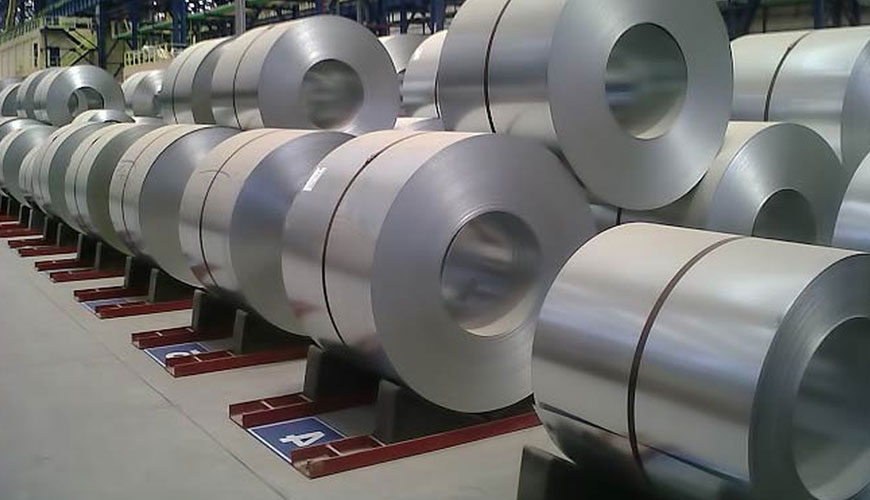

EUROLAB laboratory provides testing and compliance services within the scope of ASTM A262 standard. This standard covers standard practices for detecting susceptibility to intergranular attack in austenitic stainless steels.

These apps cover the following five tests:
The Oxalic Acid Abrasion Test is a rapid method of identifying, by simple etching, samples of certain stainless steel grades that are essentially insensitive to intergranular attack associated with chromium carbide precipitates. These samples will have low corrosion rates in certain corrosion tests and can therefore be excluded (eliminated) as “acceptable”. The abrasion test applies only to the grades listed in the individual hot acid tests and classifies samples as "acceptable" or "suspicious".
The ferric sulfate-sulfuric acid test, the copper-copper sulfate-50% sulfuric acid test, and the nitric acid test are based on weight loss determinations and therefore provide a quantitative measure of the relative performance of the samples under consideration. In contrast, the copper-copper sulfate-16% sulfuric acid test relies on visual inspection of bending specimens and therefore classifies specimens as either acceptable or unacceptable only.
The presence or absence of intergranular attack in these tests is not a measure of the material's performance in other corrosive environments. These tests do not provide a basis for estimating resistance to non-intergranular forms of corrosion such as general corrosion, pitting, or stress-corrosion cracking.
Values stated in SI units should be accepted as standard. Inch-pound equivalents are in parentheses and can be approximate.
This standard does not purport to address all, if any, safety concerns associated with its use. It is the responsibility of the user of this standard to establish appropriate safety, health and environmental practices and to determine the applicability of regulatory restrictions prior to use.
EUROLAB assists manufacturers with ASTM A262 test compliance. Our test experts, with their professional working mission and principles, provide you, our manufacturers and suppliers, the best service and controlled testing process in our laboratories. Thanks to these services, businesses receive more effective, high-performance and quality testing services and provide safe, fast and uninterrupted service to their customers.
To get an appointment, to get more detailed information or to request an evaluation, you can ask us to fill in our form and reach you.